Home>Ideas and Tips>A Beginner’s Guide To Minimalist Living
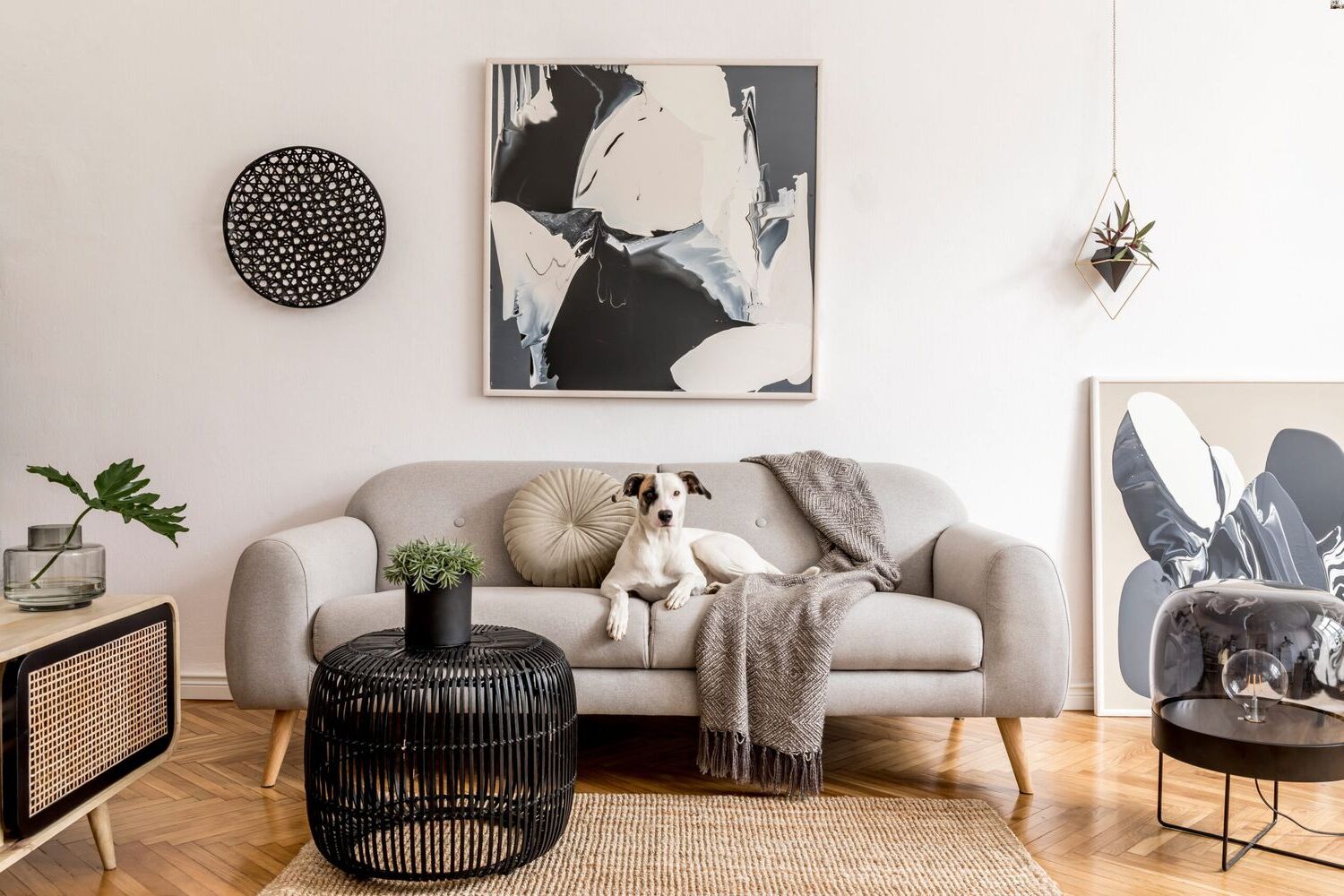

Ideas and Tips
A Beginner’s Guide To Minimalist Living
Published: November 4, 2024
Discover the essentials of minimalist living. Simplify your life, reduce waste, and create a mindful, sustainable lifestyle with our beginner's guide.
(Many of the links in this article redirect to a specific reviewed product. Your purchase of these products through affiliate links helps to generate commission for Storables.com, at no extra cost. Learn more)
Introduction
Minimalist living is about more than just getting rid of stuff. It's a lifestyle that focuses on simplicity, sustainability, and intentional living. In a world where consumerism often takes center stage, minimalism offers a refreshing alternative. This guide is perfect for anyone curious about embracing a more minimalist lifestyle. Whether you're looking to simplify your home, reduce waste, or cultivate a more mindful approach to consumption, this guide has got you covered.
Read more: A Beginner’s Guide To Raising Goats
What is Minimalist Living?
Minimalist living is a philosophy that encourages reducing personal belongings and simplifying one's lifestyle. It's about focusing on what truly adds value and joy to your life rather than accumulating possessions for their own sake. Minimalism can be applied to various aspects of life, including home decor, fashion, and even digital habits.
Key Principles of Minimalist Living
- Intentionality: Every item in your home should serve a purpose or bring joy.
- Simplicity: Avoid clutter and focus on clean lines and minimal decor.
- Sustainability: Choose eco-friendly products and practices to reduce waste.
- Mindfulness: Be present in the moment and avoid mindless consumption.
Benefits of Minimalist Living
Embracing a minimalist lifestyle can have numerous benefits, both for your personal well-being and the environment.
Personal Benefits
- Reduced Stress: Clutter can contribute to feelings of anxiety and overwhelm. A clutter-free space can help reduce stress levels.
- Increased Productivity: With fewer distractions, you can focus more on what truly matters.
- Financial Savings: By buying fewer items and avoiding impulse purchases, you can save money.
- Improved Mental Clarity: Living with fewer possessions can help you prioritize what truly adds value to your life.
Environmental Benefits
- Reduced Waste: Minimalist living often involves reducing consumption and reusing or repurposing items.
- Energy Efficiency: A smaller, more streamlined home often requires less energy for heating and cooling.
- Sustainable Practices: Choosing eco-friendly products and practices helps reduce the environmental impact of your lifestyle.
How to Start Living Minimally
Transitioning to a minimalist lifestyle can seem daunting, but it's easier than you think. Here are some steps you can take:
Step 1: Assess Your Current Lifestyle
Before making any changes, take time to assess your current lifestyle and habits. Identify areas where you feel overwhelmed by clutter or unnecessary possessions.
Step 2: Declutter Your Space
Decluttering is a crucial step in transitioning to a minimalist lifestyle. Start by going through each room in your home and sorting items into categories (e.g., keep, donate, sell, discard). Be honest with yourself about whether each item truly adds value or serves a purpose.
Step 3: Implement Minimalist Practices
Once you've decluttered your space, implement practices that will help you maintain this new lifestyle:
- The One In One Out Rule: For every new item you bring into your home, get rid of an old one.
- Use Multi-Functional Items: Choose items that serve multiple purposes to reduce clutter.
- Avoid Impulse Purchases: Think twice before making impulse buys; ask yourself if they align with your values and needs.
- Practice Mindful Consumption: Be present when shopping and consider the long-term impact of your purchases.
Step 4: Create a Minimalist Home
Designing a minimalist home involves more than just getting rid of clutter; it's about creating a space that reflects your values and promotes well-being:
- Simple Decor: Use simple decor elements like clean lines, neutral colors, and minimal patterns.
- Functional Furniture: Choose furniture pieces that serve multiple functions to reduce clutter.
- Natural Light: Maximize natural light by keeping windows unobstructed and using sheer curtains if necessary.
- Greenery: Incorporate plants into your decor not only for aesthetic appeal but also for air purification benefits.
Building Your Small Home: A Guide
For those interested in building their own tiny home or small living space, here are some essential tips:
Choosing the Right Location
When selecting a location for your tiny home, consider factors such as zoning laws, accessibility to amenities like grocery stores and healthcare services, and proximity to public transportation.
Read more: A Beginner’s Guide To Indoor Herb Gardening
Designing Your Space
Designing a small home requires careful planning:
- Optimize Layout: Use vertical space with loft beds or storage units above furniture.
- Efficient Use of Materials: Choose materials that are durable yet lightweight to maximize storage capacity without compromising structural integrity.
- Innovative Storage Solutions: Incorporate hidden storage compartments under beds or inside furniture pieces like ottomans with storage.
Essential Supplies Needed
When building or furnishing your tiny home, here are some essential supplies you'll need:
- Building Materials: Depending on whether you're building from scratch or repurposing materials from an existing structure.
- Furniture: Multi-functional furniture pieces like foldable tables or convertible sofas can save space while providing versatility.
- Lighting Solutions: Compact LED lights or solar-powered lanterns can provide ample lighting without taking up much space.
- Water Conservation Systems: Install low-flow showerheads and toilets to conserve water resources.
Sustainable Renovation Practices
If you're already living in a larger home but want to incorporate more sustainable practices into your renovation efforts here are some tips:
Waste Reduction Practices
- Repurpose Old Items: Instead of throwing away old furniture or materials consider repurposing them into something new like turning an old pallet into a coffee table.
- Upcycle Materials: Transform old items into something useful like turning glass jars into planters or using old t-shirts as cleaning rags.
- Donate Unwanted Items: Donate items that are still in good condition but no longer needed to local charities or thrift stores.
Eco-Friendly Materials
When renovating choose eco-friendly materials whenever possible:
- Sustainable Wood Options: Opt for reclaimed wood or sustainably sourced wood products like bamboo flooring.
- Low-VOC Paints & Coatings: Use paints and coatings with low volatile organic compounds (VOCs) which are safer for indoor air quality.
- Recycled Glass Countertops: Consider using recycled glass countertops which reduce waste while providing a unique aesthetic appeal.
Conclusion
Embracing a minimalist lifestyle is not just about getting rid of stuff; it's about creating space for what truly matters—your well-being and the planet's health. By following these steps—from assessing your current lifestyle to implementing sustainable renovation practices—you can transform your living space into an oasis of simplicity and sustainability.
Remember that minimalism is a journey rather than a destination; it's about continuous improvement towards living more intentionally and mindfully each day.
Additional Resources
For those interested in diving deeper into minimalist living here are some recommended resources:
-
Books on Minimalism
- "Tiny House: Beginner's Guide to Minimalist Living" by Wyatt Carso (available on Amazon)
- "A Beginner's Guide to Minimalist Living" by various authors (available on sustainable renovation websites)
-
Online Communities
- Join online forums like Reddit's r/minimalism community where you can connect with others who share similar interests.
- Follow social media influencers who specialize in minimalist living for inspiration and tips.
-
Workshops & Courses
- Enroll in workshops or online courses that focus on decluttering techniques, sustainable renovation practices, or tiny home building.
By incorporating these principles into your daily life you'll find yourself not only living more simply but also contributing positively towards creating a more sustainable future for generations to come.
Was this page helpful?
At Storables.com, we guarantee accurate and reliable information. Our content, validated by Expert Board Contributors, is crafted following stringent Editorial Policies. We're committed to providing you with well-researched, expert-backed insights for all your informational needs.
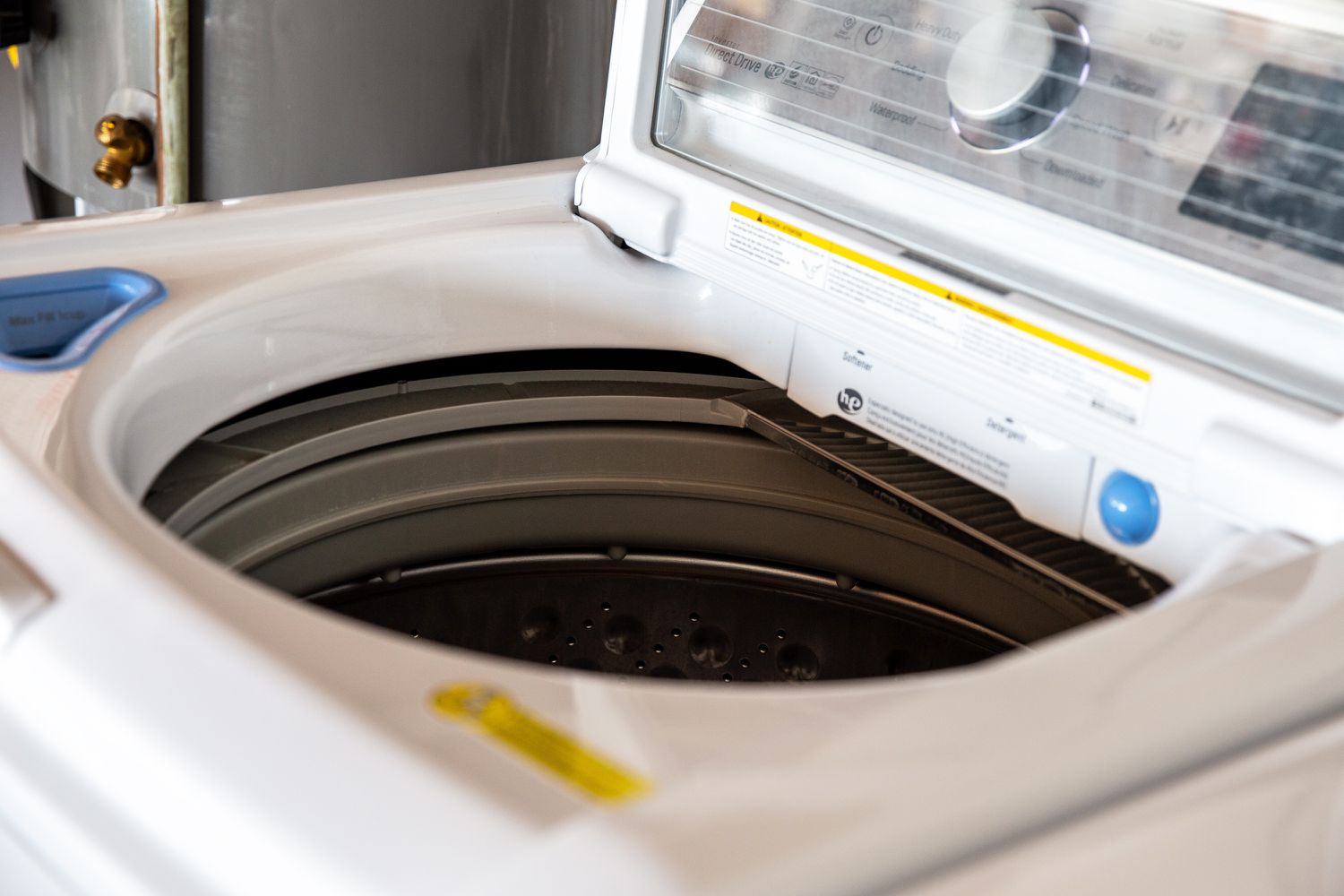


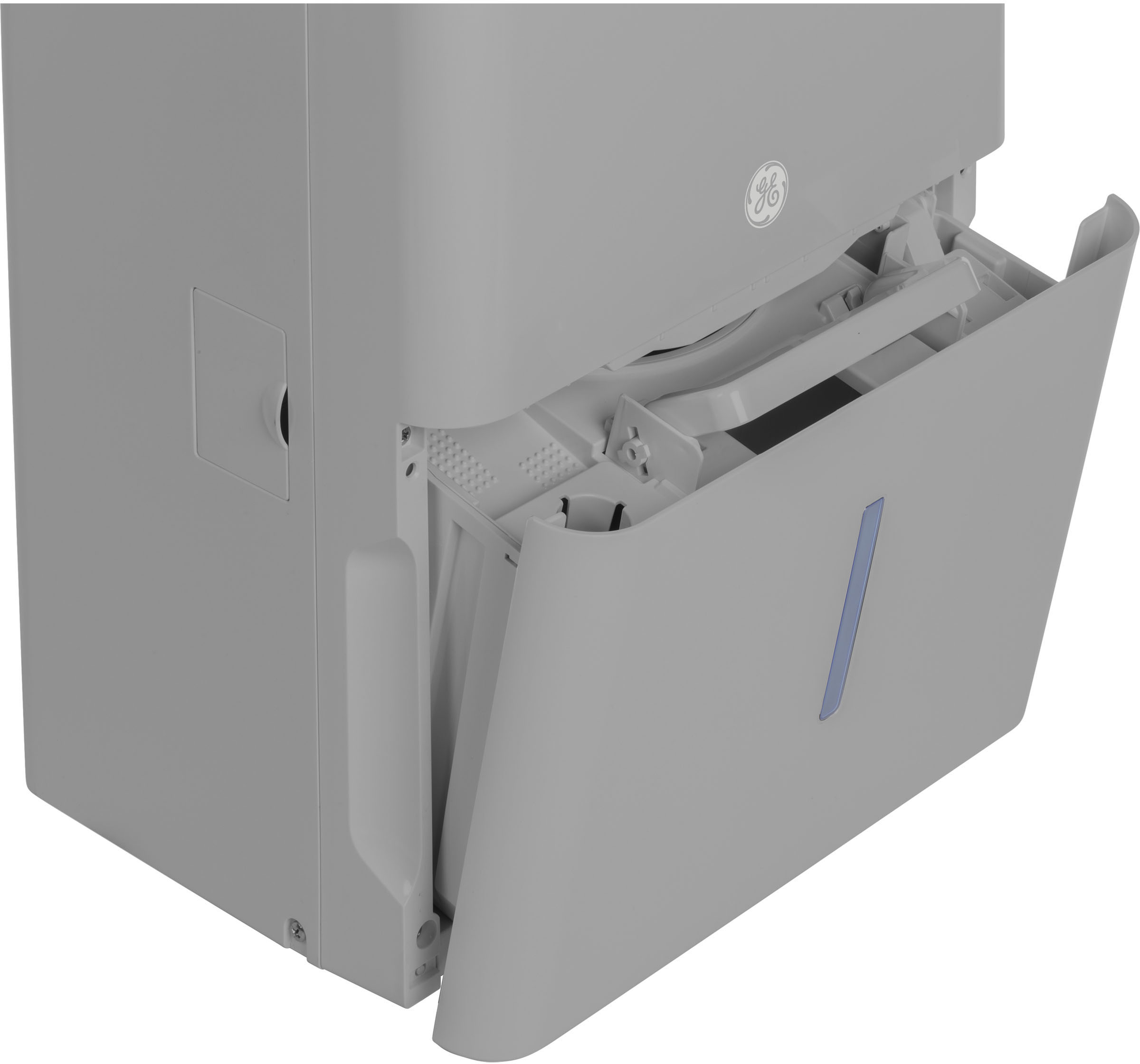

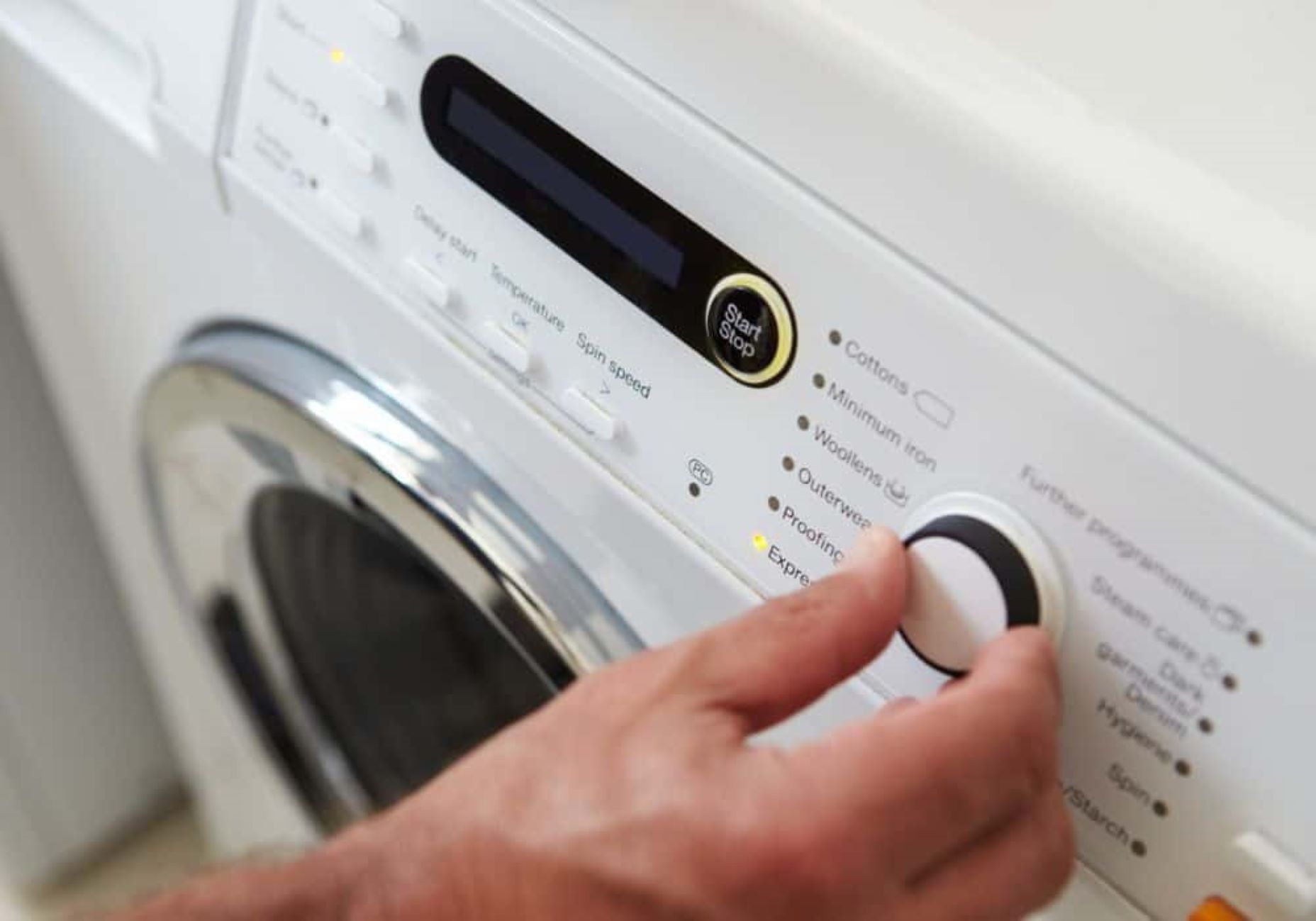



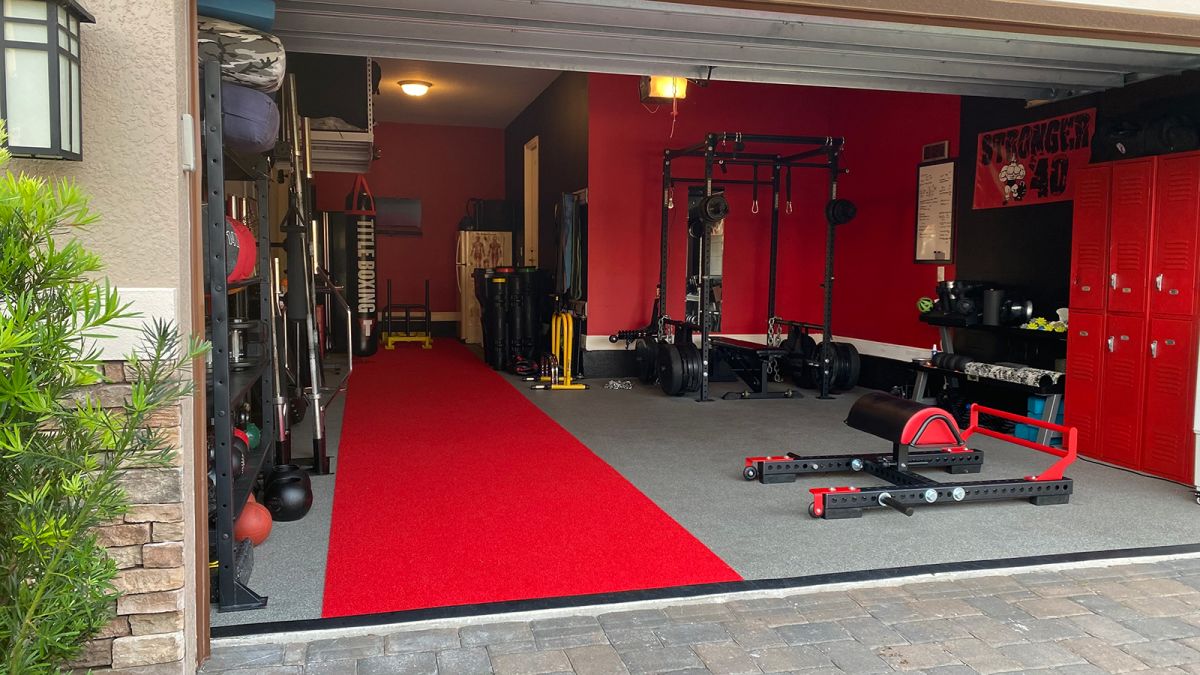


0 thoughts on “A Beginner’s Guide To Minimalist Living”